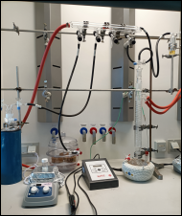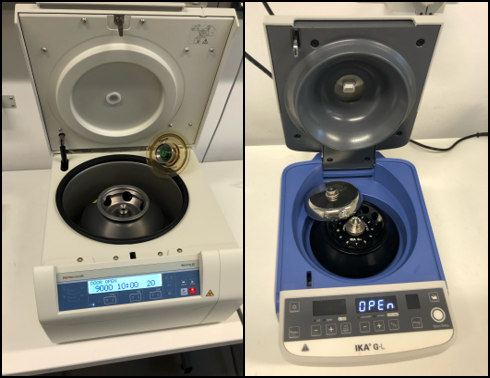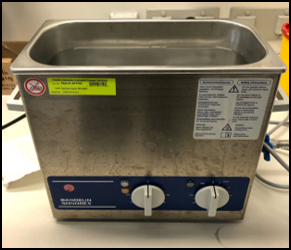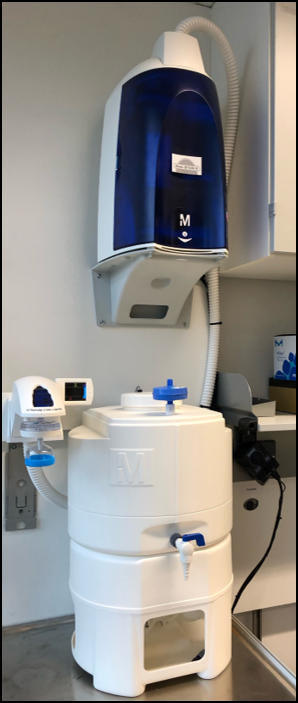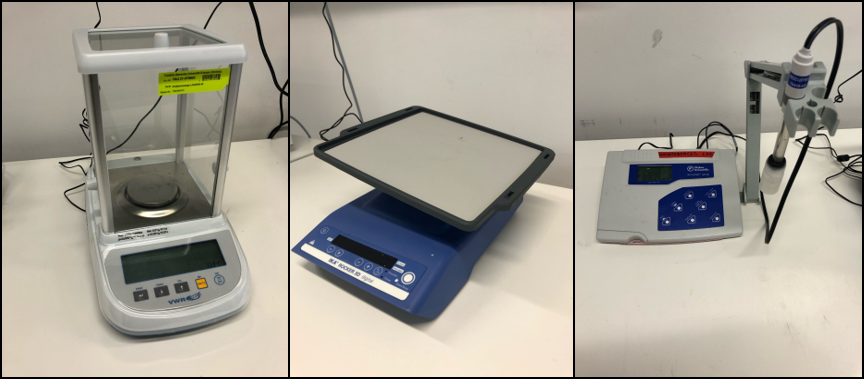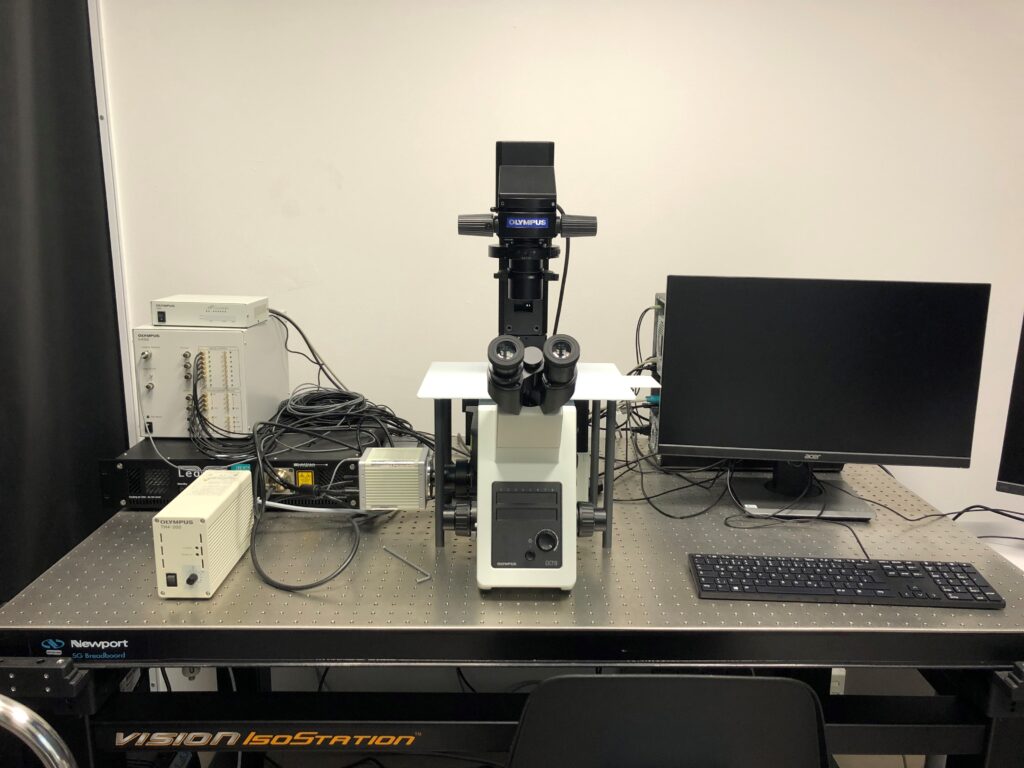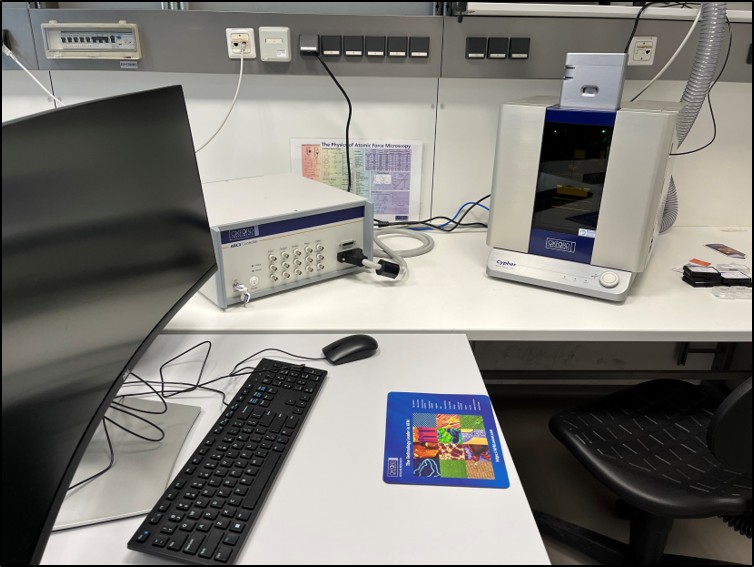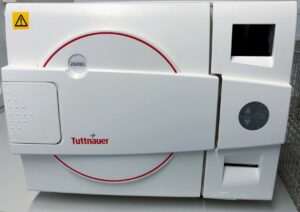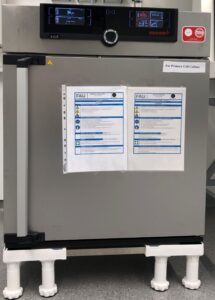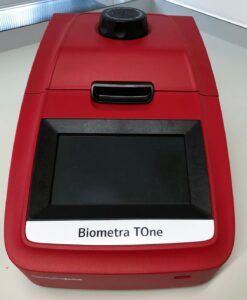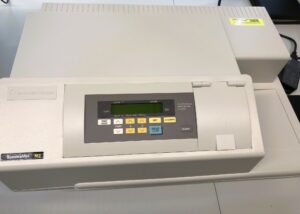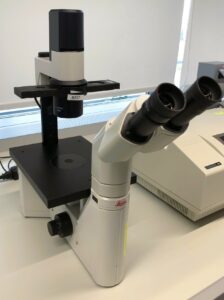Methods
Synthesis Laboratory
Imaging Facility
Stimulation Suites
| Custom made magnetic driving electronics for generating aletnating magnetic fields, applicable for magnetic characterisation, in vitro and (rodent) in vivo stimulation: | |
Magnetomechanical suite0-30 Hz and 1-50 mT Magnetothermal suite50kHz- 650 kHz and 10-70 mT Magnetoelectric suiteAC 0-30 Hz and 1-50 mT+ DC 110-230 mT |  |
Patch Clamp systemElectrophysiological measurements are conducted using a Port-a-Patch patch clamp system (provided by Prof. Andrea Büttner). | |
Molecular Biological Facility

